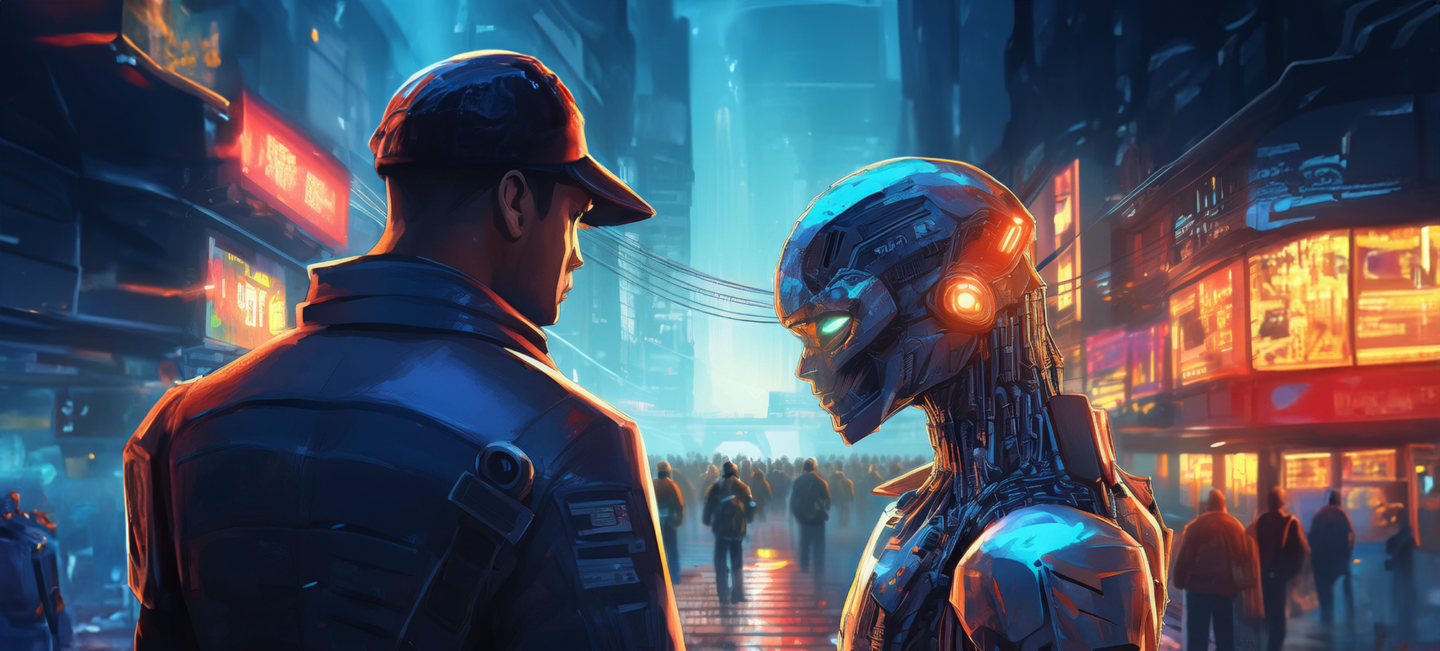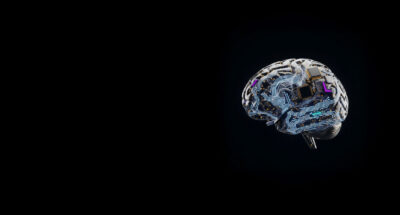Fix the basics
Before you start worrying about how to leverage AI, make sure you have a solid foundation of basic, up-to-date security controls and procedures in place. This includes the required use of multi-factor authentication (MFA), upgrades of software and systems to the latest vendor-supported versions, and rapid implementation of security patches.
Develop hybrid models
AI tools excel in rapidly processing vast amounts of data and detecting patterns but can miss the details or context of certain activities. Humans can bridge this gap with their ability to understand nuance, intuition, and context. The optimal defense mechanism is thus a harmonious fusion of AI and human expertise. In this hybrid model, AI systems manage vast datasets, rapid scans, and initial responses, while human experts oversee these processes, providing essential context, judgment, and decision-making.
Engage in continuous training
In the cyber realm, threats continuously evolve and adapt. To stay a step ahead, it’s not enough to deploy AI tools and then leave them. The tools need to grow and learn continuously. Regularly updating and training AI models with the latest threat intelligence is imperative. By exposing them to new attack patterns, strategies, and vulnerabilities, AI systems can be primed to recognize and counter emerging threats swiftly and effectively.
Uphold ethical AI practices
Cybersecurity isn’t just about building digital walls and alarms. It’s crucial to remember the ethical aspects of using data. You need to establish robust policies that prioritize user privacy, guaranteeing that your AI systems handle data with total confidentiality.
Ensure transparency in operations
Just as transparency is necessary for other key business processes, it is critical to the successful operation of the cybersecurity function, so make sure that users and stakeholders understand how the organization’s AI tools work and make decisions.
Align AI operations with broader ethical considerations
Aligning AI operations with broader ethical considerations ensures that companies don’t compromise on principles while pursuing security.






